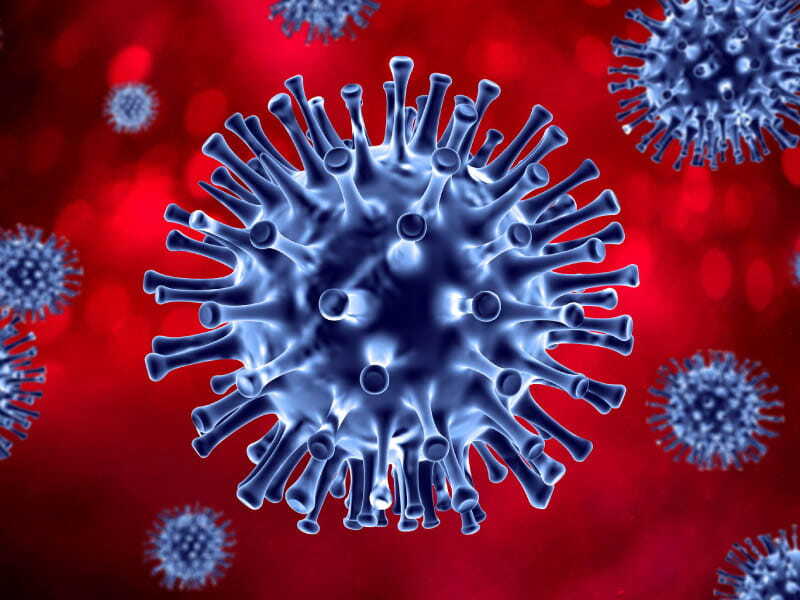It never should have gotten this bad, but here we are. We already had permanent brain, respiratory system, and heart damage. How add blood vessels to the list too
With blood vessels on the list it’s likely everywhere with the more vascular organs more noticeable (brain, heart, lung). So you can expect pretty much all organs to be added to the list.
As someone who currently is sick with Covid for the fifth time, this is encouraging news. Thank you.
…
As researchers dug into both questions, one thing became clear: The body’s overzealous immune response to the virus – known as severe acute respiratory syndrome-coronavirus-2, or SARS-CoV-2 – was responsible for most of the damage it wrought, said Dr. DeLisa Fairweather, vice chair of translational research for the department of cardiovascular diseases at the Mayo Clinic’s Florida campus in Jacksonville.
The same mechanisms involved in COVID-related cardiovascular events are responsible for COVID-related myocarditis, said Fairweather, lead author of a 2023 Circulation Research review article on COVID-19 and myocarditis.
“In one case, it’s happening in the blood vessel walls, and in the other, it’s in the heart muscle,” she said. “It’s just in a different location. What’s important is the immune response to the virus.”
SARS-CoV-2 is a large, enveloped RNA virus, meaning it is surrounded by an extra layer of cell membrane that allows it to fuse with healthy cells in our body. It typically enters the body through the eyes, nose or mouth, then targets the lungs. Cells in the lungs and blood vessels contain an abundance of ACE2 receptors, which the virus infiltrates using a spike protein on its outer membrane. These receptors are the virus’s main entryway to host cells. They also play a vital role in cardiovascular function, including regulating inflammation. Once SARS-CoV-2 infiltrates the host cell, it empties its genetic material and begins to replicate.
Fairweather said the real problem is that once inside the host cells, the virus targets mitochondria, small structures inside a cell that produce its energy, and hijacks them to replicate itself.
…



